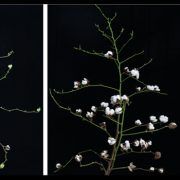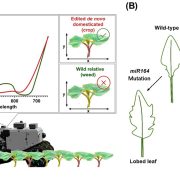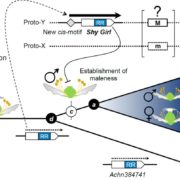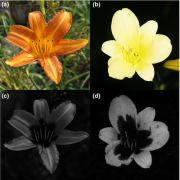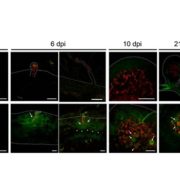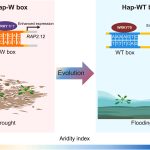Improving bread wheat yield through modulating an unselected AP2/ERF gene (Nature Plants)
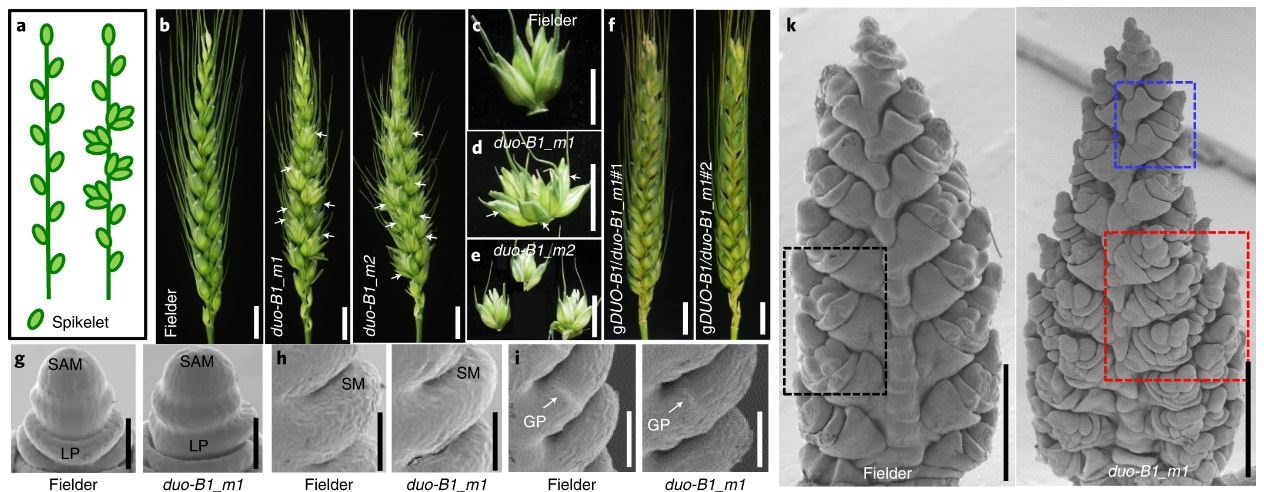 Climate emergency and the increase of human population are challenges for human food security. Plant breeders use natural genetic variation to improve crops, but bread wheat (Triticum aestivum L.) has particularly low genetic diversity with unique evolutionary constraints. Genetic modification of spike inflorescence architecture holds promise for increasing cereal yield. Thus, it is interesting to search for genetic variants that form supernumerary spikelets. Wang et al. showed that modified alleles of the locus DUO-B1 are involved in enhancing yield potential, photosynthesis, and nutrient use efficiency. They first identified this gene in Brachypodium distachyon, where they described an increased number of spikelets in duo-1 mutant lines. They searched for its homologs in bread wheat and found that DUO-B1, with highest expression in spikes, was negatively correlated with grain number per spike. After several trials in greenhouses and field, the authors described that plants with duo-b1 mutations show enhanced yield by altered cell division, cytokinin signalling and meristem activity. Finally, by performing an RNA-Seq they showed how DUO-B1 modulates the expression of WFZP, an inflorescence regulatory gene. Taken together, these results pave the way to develop new breeding strategies that will increase productivity by changing inflorescence architecture. (Summary by Eva Maria Gomez Alvarez, @eva_ga96) Nature Plants. 10.1038/s41477-022-01197-9
Climate emergency and the increase of human population are challenges for human food security. Plant breeders use natural genetic variation to improve crops, but bread wheat (Triticum aestivum L.) has particularly low genetic diversity with unique evolutionary constraints. Genetic modification of spike inflorescence architecture holds promise for increasing cereal yield. Thus, it is interesting to search for genetic variants that form supernumerary spikelets. Wang et al. showed that modified alleles of the locus DUO-B1 are involved in enhancing yield potential, photosynthesis, and nutrient use efficiency. They first identified this gene in Brachypodium distachyon, where they described an increased number of spikelets in duo-1 mutant lines. They searched for its homologs in bread wheat and found that DUO-B1, with highest expression in spikes, was negatively correlated with grain number per spike. After several trials in greenhouses and field, the authors described that plants with duo-b1 mutations show enhanced yield by altered cell division, cytokinin signalling and meristem activity. Finally, by performing an RNA-Seq they showed how DUO-B1 modulates the expression of WFZP, an inflorescence regulatory gene. Taken together, these results pave the way to develop new breeding strategies that will increase productivity by changing inflorescence architecture. (Summary by Eva Maria Gomez Alvarez, @eva_ga96) Nature Plants. 10.1038/s41477-022-01197-9


